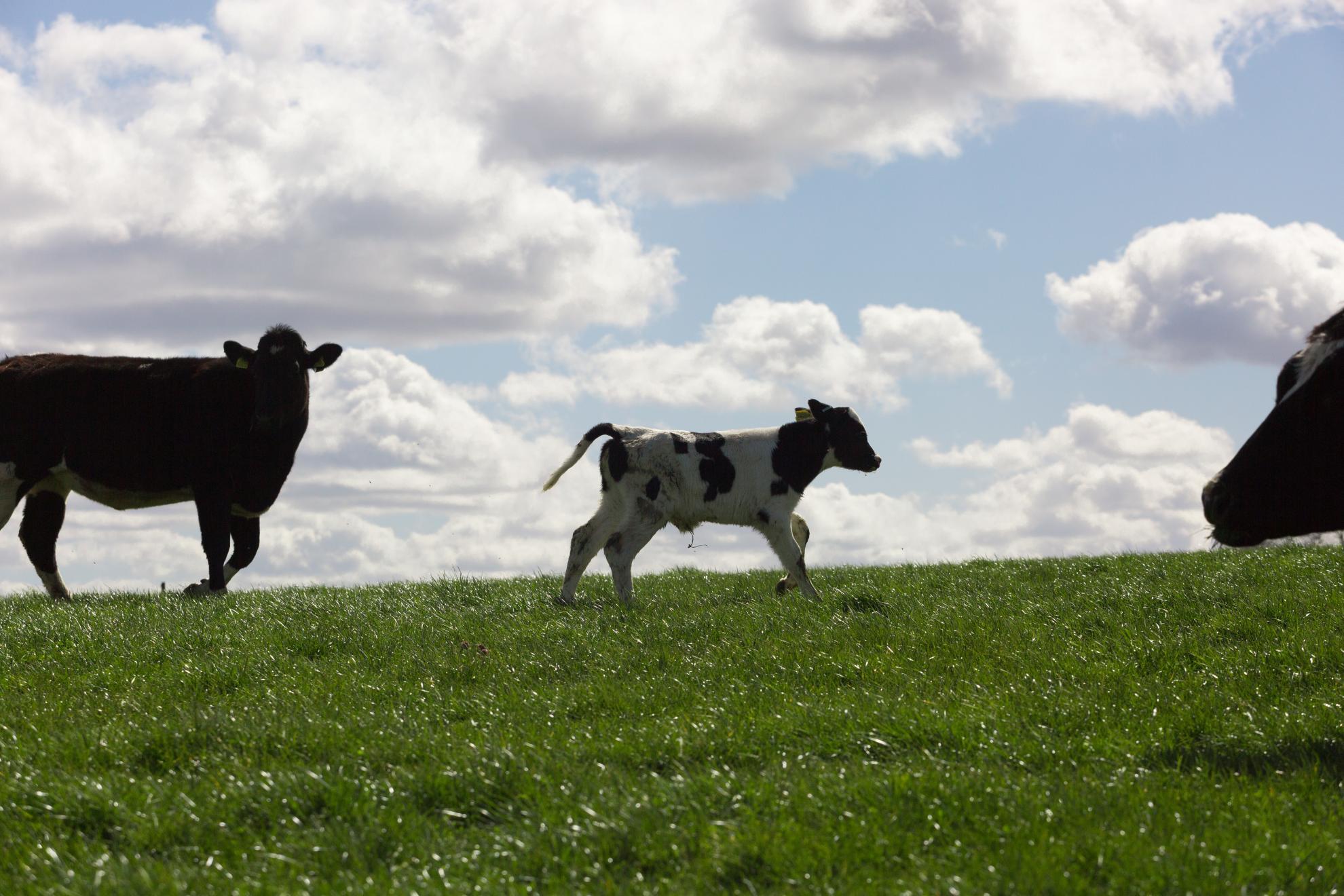Cattle NK cell heterogeneity and the influence of MHC class I
Primate and rodent NK cells form highly heterogeneous lymphocyte populations owing to the differential expression of germline-encoded receptors. Many of these receptors are polymorphic and recognize equally polymorphic determinants of MHC class I. This diversity can lead to individuals carrying NK cells with different specificities. Cattle have an unusually diverse repertoire of NK cell receptor genes predicted to encode receptors that recognize MHC class I. To begin to examine whether this genetic diversity leads to a diverse NK cell population, we isolated peripheral NK cells from cattle with different MHC homozygous genotypes. Cytokine stimulation differentially influenced the transcription of five receptors at the cell population level. Using dilution cultures, we found that a further seven receptors were differentially transcribed, including five predicted to recognize MHC class I. Moreover, there was a statistically significant reduction in killer cell lectin-like receptor mRNA expression between cultures with different CD2 phenotypes and from animals with different MHC class I haplotypes. This finding confirms that cattle NK cells are a heterogeneous population and reveals that the receptors creating this diversity are influenced by the MHC. The importance of this heterogeneity will become clear as we learn more about the role of NK cells in cattle disease resistance and vaccination.
Back to publications
